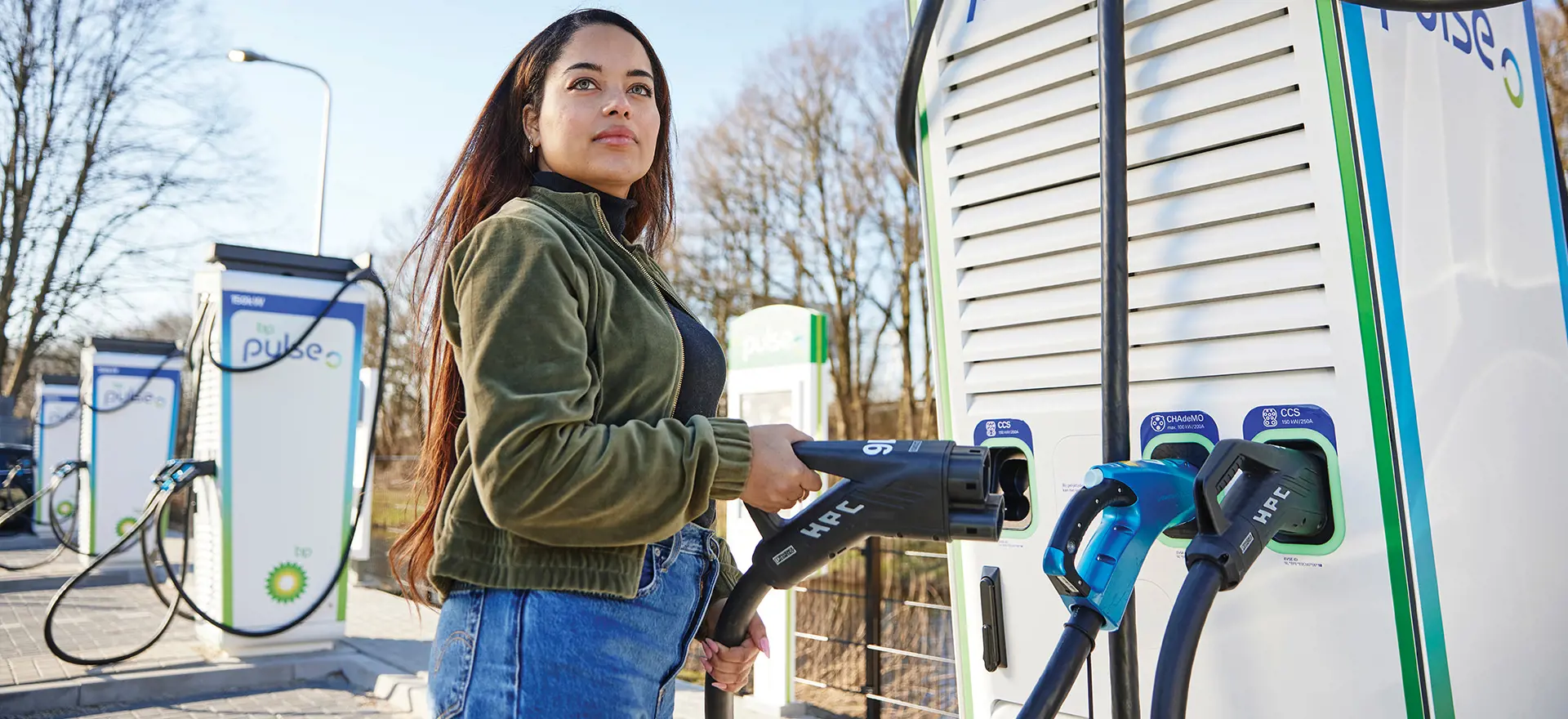The delivery of a Carbon Net Zero economy has been an objective of the UK Government for many years, and the latest target - Net Zero by 2050 –was reiterated in the latest version of the National Planning Policy Framework, issued in December 2024.
[1] This reflects the broader aspiration, set by the Paris Climate Agreement – a legally binding international treaty on climate change dating back to 2015 –to limit global warming to no more than 1.5°C.
To move towards this, the Government is aiming for carbon emissions in 2030 to be reduced by 45% when compared to 2010 levels
[2] – and many local authorities around the UK, including my home city of Leeds, have declared climate emergencies.
The shift towards electric vehicles from petrol and diesel vehicles is a key element of the strategy to decarbonise the UK transport network
[3]. Research by The Guardian, claims that life cycle emissions for EU electric cars are three times lower than for petrol cars
[4] and therefore the comprehensive adoption of electric vehicles will have a significant impact in terms of reducing our climate impact.
In recognition of this, in 2022, the UK Government unveiled a target to deliver 300,000 public electric vehicle charging points on our roads by 2030
[5]. The Government does, however, also recognise the challenges associated with meeting this target – and the Electric Vehicle Infrastructure Strategy (also published in 2022) highlights how the lack of existing charging infrastructure is acting as barrier to the adoption of electric vehicles, identifying the rollout of new charge points and the availability of good quality public charging facilities as two of the key challenges behind this
[6].
Whilst some progress has been made towards the 300,000 target, as of 1 January 2025, there were only 73,334 public electric vehicle charging devices installed in the UK
[7]. Of these public chargers, only 10% comprised ultra-fast charging points (150kW+), and only 9% of chargers were in ‘en route’ locations, providing facilities to enable recharge and the continuation of a journey. Whilst the Government has introduced permitted development rights for EV charging upstands in off-street locations, this is effectively targeted at domestic and private properties rather than general public use.
On this basis, therefore, unless existing permitted development rights can be extended, a high volume of planning permissions will still need to be granted if we are to reach the 2030 target and facilitate the wide-spread adoption of electric vehicles.
Delays in obtaining planning permission are often cited as a major brake on the rollout of EV charging facilities. Whilst there are other significant obstacles - particularly in relation to the availability of power- our recent experience unfortunately supports the view that, at present, the planning system is failing to provide effective support for the transition to EV, with application determination timescales for new public charging facilities being regularly in excess of statutory target timescales regardless of whether a local climate change emergency has been declared or not. Indeed, on the basis of our experience, it can take around two years to navigate an EV charging scheme proposal through the planning process from an initial pre-application enquiry through to a grant of planning permission, and the discharge of associated planning conditions. This is a reflection of a range of factors, from slow and poorly resourced local planning functions, through to excessive application validation requirements, painfully slow responses from consultees, and applications being determined via committee rather than by officers under delegated powers.
This will be of no surprise to those who regularly submit planning applications – delays have unfortunately become all too common across the planning sector, regardless of the strength of the planning case or urgency of the need for the development – and changes / further reform is undoubtedly needed to address general failures in the operation of the planning system as a whole.
However, perhaps there is also scope to consider specific policy and regulatory changes which might ensure that the rollout of EV charging infrastructure is better supported?
An obvious starting point would be for the Government to introduce much stronger and clearer support for EV charging infrastructure in national planning policy. The Government published a revised version of the National Planning Policy Framework in December, but – despite the introduction of express support for other emerging infrastructure requirements such as data centres – remained strangely silent in relation to EV charging infrastructure.
At minimum, the NPPF should recognise the important role that new EV charging infrastructure will play in supporting the transition away from fossil fuels. However, it could and perhaps should, go further e.g. by placing a new requirement upon local authorities to assess the need for EV charging facilities in their areas, and to plan for new infrastructure, where needed, through the next generation of Local Plans. Linked to this, there could be a policy presumption in favour of new EV infrastructure unless there are clear and compelling reasons why a proposal is not acceptable.
Whether through revised national policy, or via other means the Government should also be looking to offer stronger and clearer guidance to statutory consultees – particularly National Highways (given that significant improvement in EV infrastructure is needed on or close to the strategic road network) – in relation to the importance of EV infrastructure in supporting the transition to clean energy. This would ensure that such infrastructure is seen as a strategic priority - and help to ensure that other agencies of Government work positively and collaboratively with local authorities and the private sector to deliver the facilities required.
Finally, local planning authorities also have a key role to play – whether through Local Plan policymaking or development management. Planning applications for EV infrastructure are rarely given priority – despite the wider aspirations of Government and the Electric Vehicle Infrastructure Strategy – and are treated as commercial applications like any other, despite their potential to support the delivery of essential infrastructure. Indeed, they are often determined over time periods of 12 months or longer even in areas where a Climate Emergency has been declared. This will need to change if we are to have any prospect of delivering upon the Government’s aspiration to deliver 300,000 public EV charging points by 2030.
Footnotes
[1] National Planning Policy Framework, 2024
[2] United Nations, For a livable climate: Net-zero commitments must be backed by credible action
[3] HM Government, Net Zero Strategy: Build Back Greener, 2021
[4] The Guardian, Do electric cars really product fewer carbon emissions than petrol or diesel vehicles? 2023
[5] Gov.UK, Tenfold expansion by 2030 as government drives EV revolution, 2022
[6] Gov.UK, UK electric vehicle infrastructure strategy, 2022
[7] Department for Transport, Electric vehcile public charging infrastructure statistics, 2025
Image credit: BP Pulse



